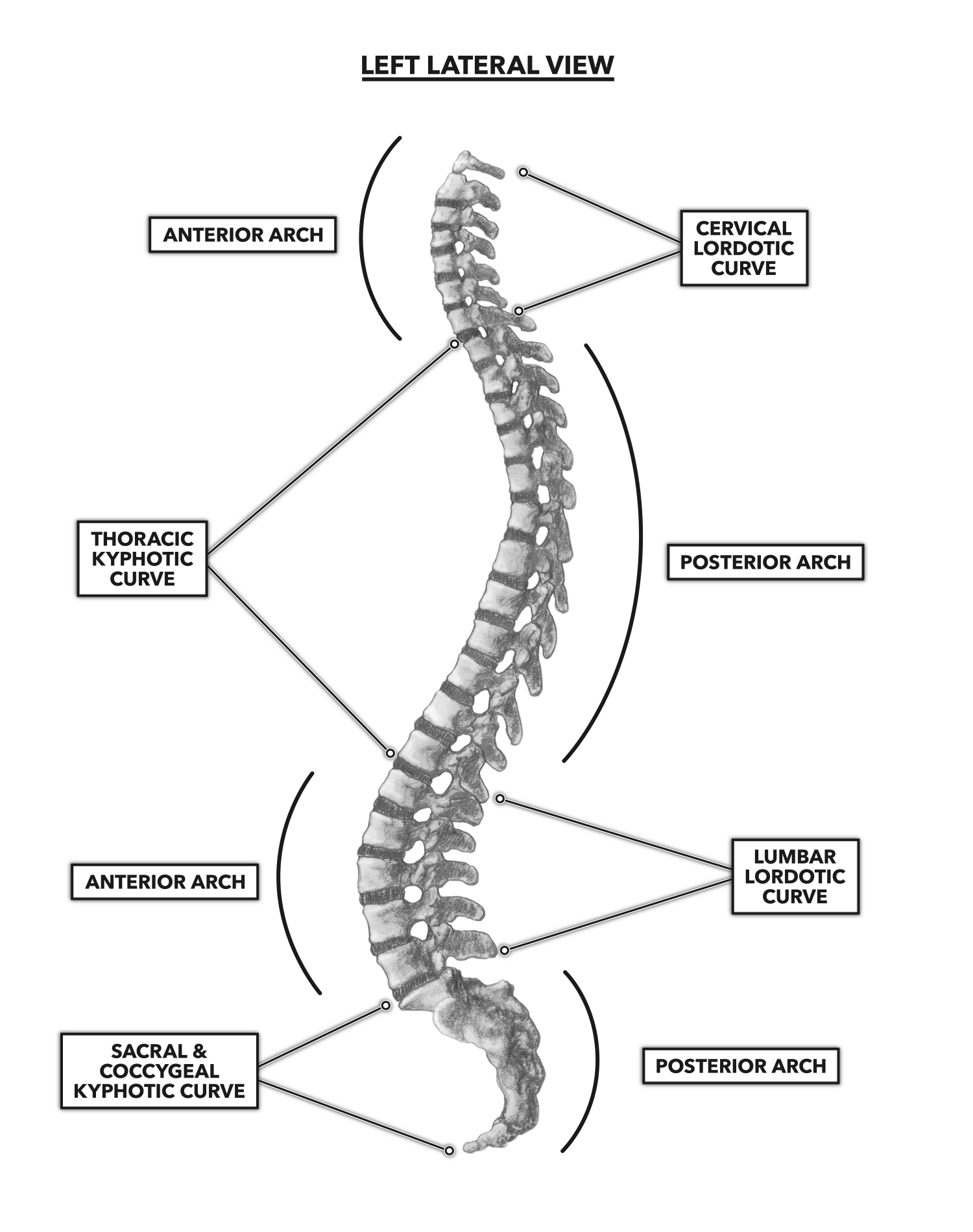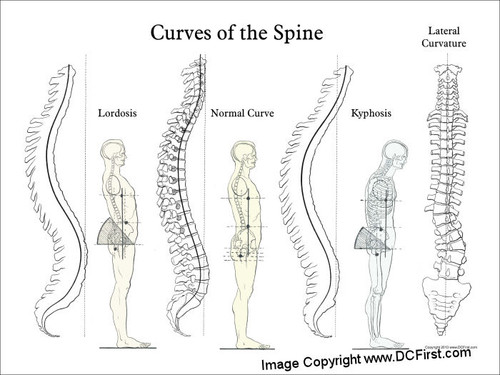

Talk to your doctor about options for pain and inflammation reduction. Pain medications like acetaminophen (Tylenol) and ibuprofen (Advil) can help to reduce pain. These methods are most likely to aid in reducing pain and discomfort: ExerciseĮxercise and stretching for scoliosis pain symptoms can’t fix the underlying issue, but it’s important for general wellness and can help keep you flexible.Īsk your healthcare provider for recommendations for exercise and stretches to help keep your muscles strong and supportive. Some techniques need more research but may be recommended by your doctor, such as hydrotherapy, massage, electrical stimulation, and back braces. Some of the risks of spinal fusion surgery include:Ĭertain therapies can aid in managing scoliosis pain, though they won’t help to correct the curvature itself. Rods can be adjusted in children as they grow. Eventually, the bone graft and vertebrae fuse into a single bone. The rods keep your spine in a straight position, and the screws hold them in place. The bone graft consists of bone or a material like it. In this procedure, the doctor fuses your vertebrae together using a bone graft, rods, and screws. Spinal fusion is the standard scoliosis surgery.

However, talk to your doctor about this option if you’ve been diagnosed with scoliosis and feel the curvature is interrupting your daily life or causing you discomfort. Surgery is usually reserved for people with curves greater than 40 degrees. It’s used for curves that the underarm brace can’t address. Milwaukee: This brace starts at the neck and covers the entire torso, with the exception of the legs and arms.It’s used to treat lower spine curves and fits around the lower part of the body. Underarm: Made of plastic and fitting close to the body, this brace is virtually invisible.A brace’s effectiveness increases with the number of hours they wear it per day.ĭoctors usually recommend that children wear their braces until they reach adolescence and are no longer growing. Those requiring a brace need to wear it 16 to 23 hours a day until they stop growing. This method of treatment is more effective for cases that are detected early. BracingĪccording to the AANS, a person with scoliosis may need to use a brace if they’re still growing and the curvature is more than 25 to 40 degrees.īraces won’t straighten the spine, but they can prevent the curvature from increasing. The primary treatment options are bracing and surgery. whether you’re likely to continue growing.Your doctor will also take into consideration: Treatment depends on numerous factors - the degree of spine curvature being a major one. What are the treatment options for scoliosis? Bone scan: This test detects a radioactive solution injected into your blood that concentrates in areas of increased circulation, highlighting spinal abnormalities.CT scan: During this test, X-rays are taken at a variety of angles to get a 3-D picture of the body.MRI scan: This test uses radio and magnetic waves to get a detailed picture of bones and the tissue surrounding them.X-ray: During this test, small amounts of radiation are used to create a picture of your spine.Imaging tests your doctor may order to look for scoliosis include: Next, your doctor will ask you to bend forward, looking for any curvature in your upper and lower back.

They’ll check for spine curvature and whether your shoulders and waist area are symmetrical. Your doctor will observe your back while you stand with your arms at your sides. Your doctor may also order some imaging tests to get a closer look at your spine. A physical exam of your spine is the first step your doctor takes to see if you have scoliosis.


 0 kommentar(er)
0 kommentar(er)
